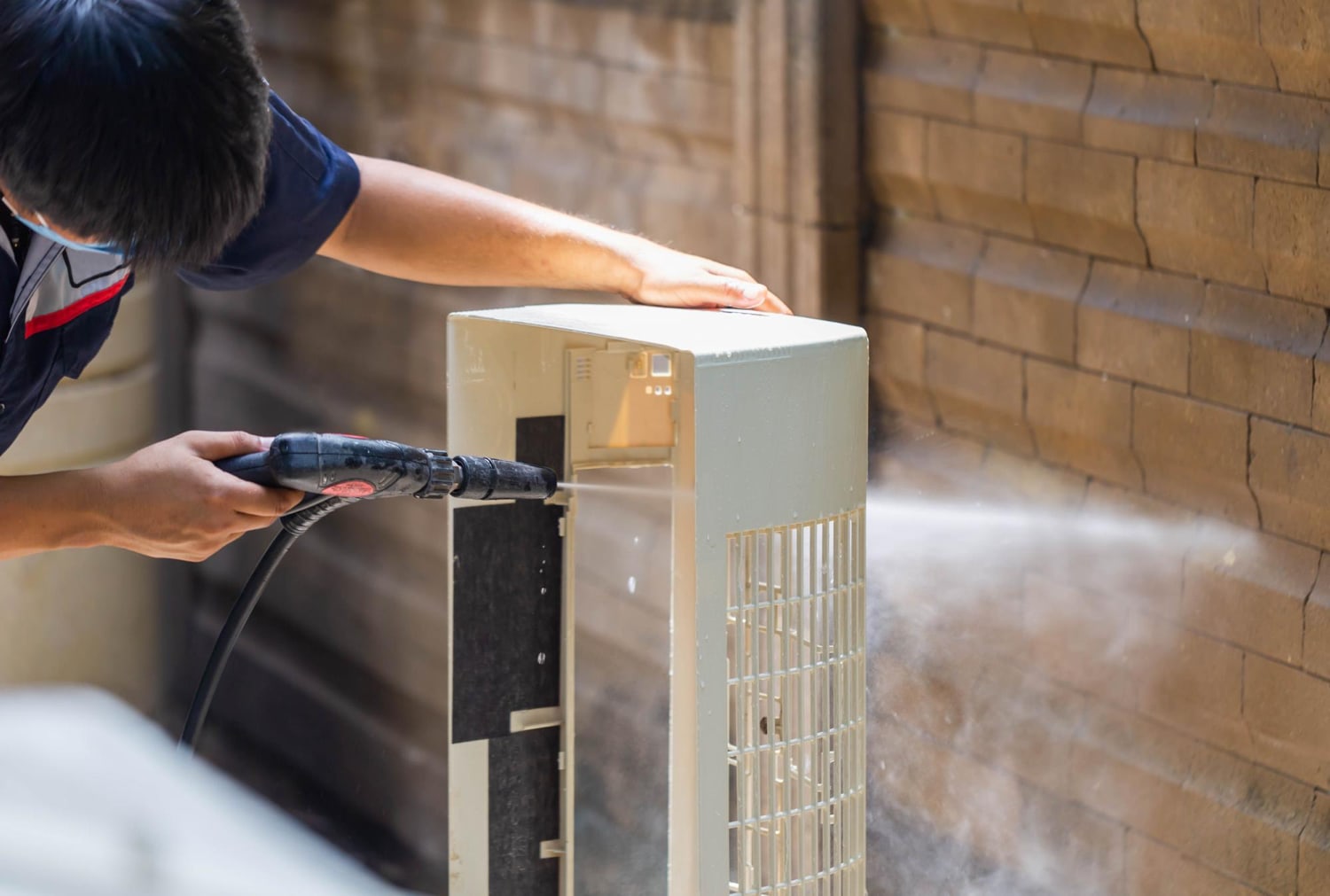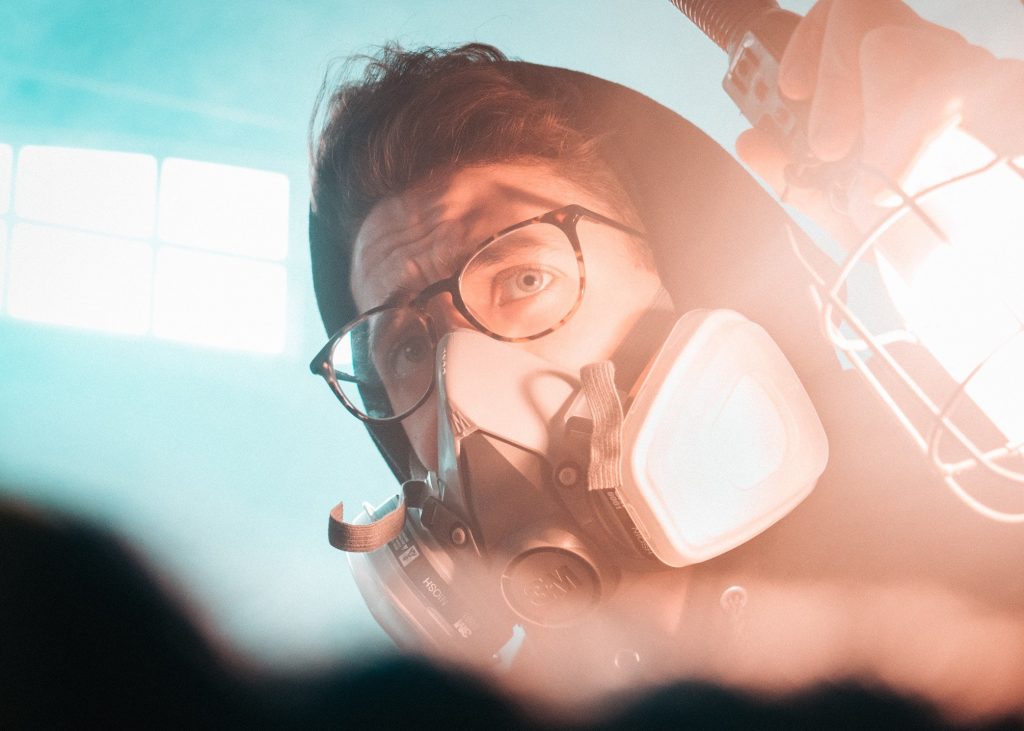For a homeowner, detecting toxic mold with a DIY mold testing kit may be a good starting point. And, if there is a small, highly contained and immature mold issue it can sometimes be treated without professional remediation.
When it comes to mold in an HVAC system, however, the amateur or handyman can do more harm than good.

As far as actual HVAC mold removal procedures go, the same approach for removing indoor mold from a structure also apply to cleaning the HVAC system. EPA guidelines don’t recommend cleaning ductwork unless it is necessary.
Before cleaning, or having a professional clean ductwork in a home or office, be sure it is recommended. And, plan on this increasing the time it will take to remove mold from your home as this process can take several days on its own.
Working with an HVAC mold removal professional
When handling a mold remediation job with an HVAC professional both parties should proceed with caution. Business and homeowners should carefully select an HVAC professional to work with. And, HVAC companies need to over-emphasize the procedures that will be done.

Most importantly, only those with the right protection gear including a well-functioning, high-quality mold respirator should be present when any HVAC mold removal is being done.
How to know if you have an HVAC mold issue
Then tell-tale sign that there is mold in an HVAC unit is the presence of a musty odor when the air conditioning or heating is running.
Special considerations for HVAC mold removal
If ductwork or HVAC system cleaning is deemed necessary, the precautions used in general mold removal stand. The following are other areas of focus and special notes. Of course, only employ the tips that apply to the special mold situation you are working with:
- Clean the HVAC cooling coil removing any visible mold (using same caution heeded when cleaning indoor mold). Clean thoroughly as not all mold spores are visible to the human eye. If there is any rusting, then the HVAC cooling coil should likely be replaced.
- Clean the A/C unit’s drain pan. If the pan is rusted it will need to be removed and a new plan will need to be installed.
- Remove and properly dispose of any ductwork insulation.
- Replace air conditioning, air handler and furnace filters, preferably with a MERV 13 filter. Consider using a service offering high quality air filters are regularly changed and ensure clean air is circulating in the home or business. The benefit of a subscription service is that it serves as a reminder to regularly change out air filters in a home or business.
- Have all ducts professional cleaned if they are dirty. Be sure that dust and particulates from from the ducts aren’t introduced into the air. If so, you may find yourself having to start the entire process over.